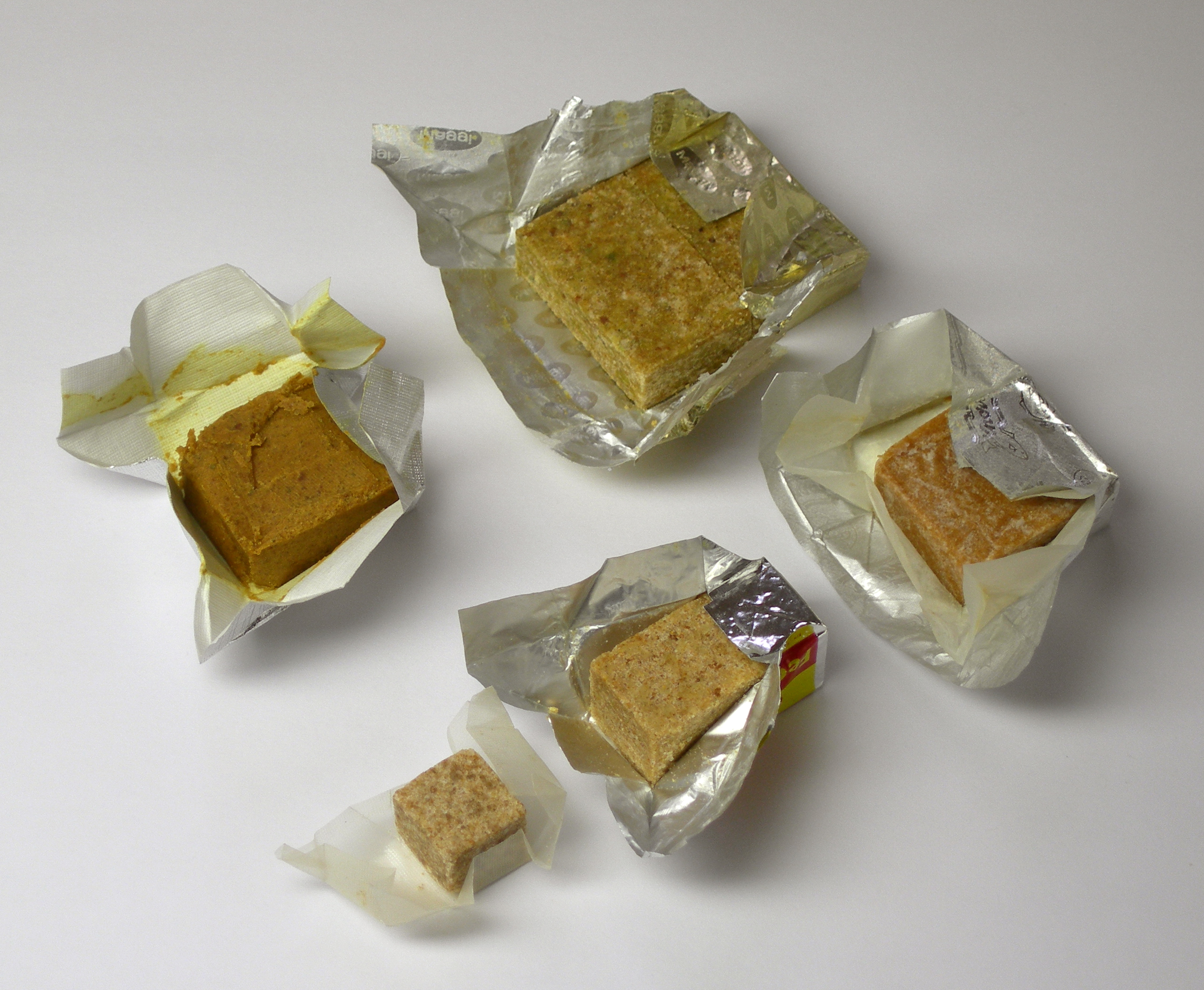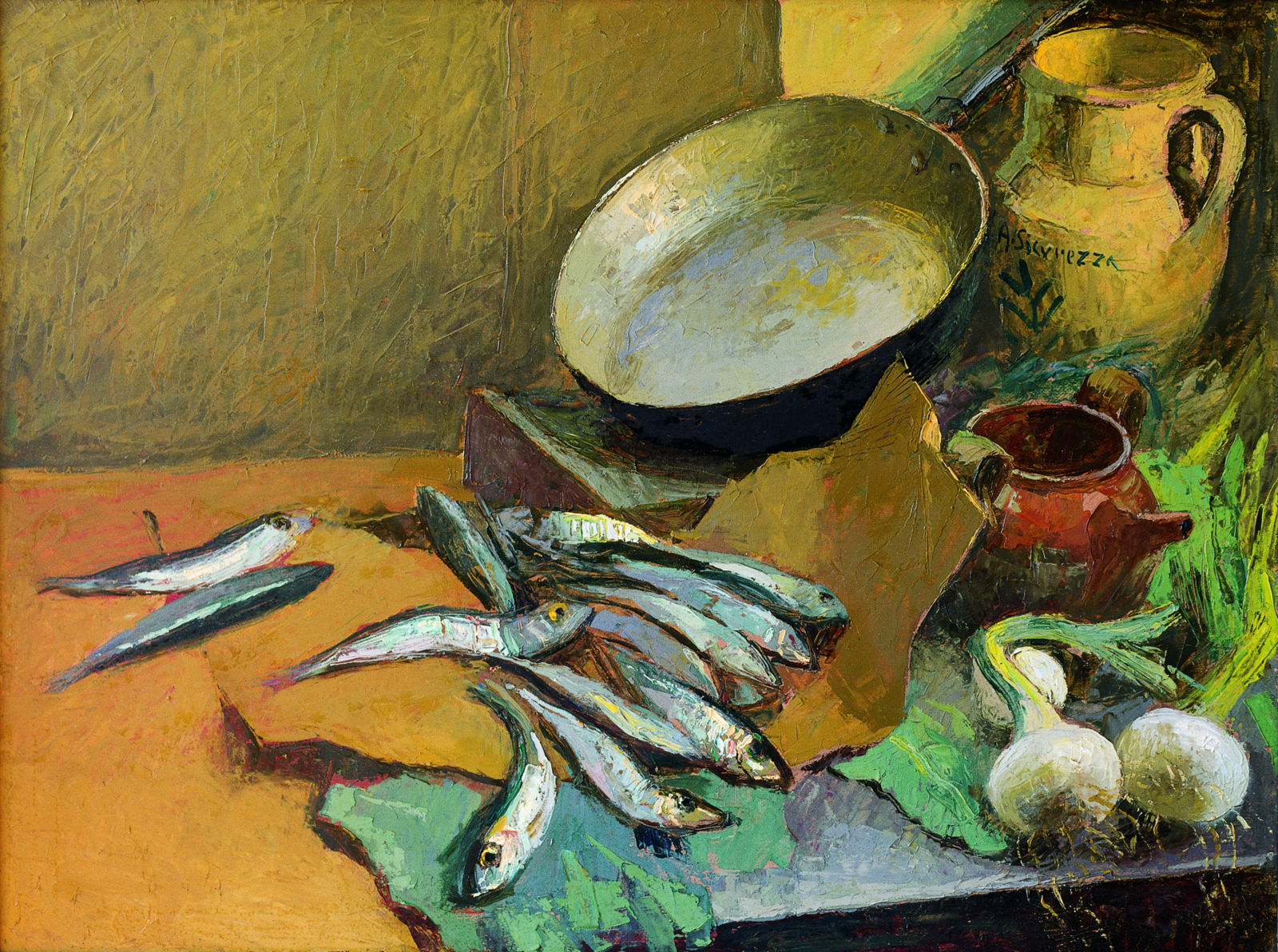|
Tatami Iwashi
''Tatami iwashi'' () is a Japanese processed food made from baby sardines or ''shirasu'' () laid out and dried while entwined in a single layer to form a large mat-like sheet. Typically, this is done by drying them in the sun on a bamboo frame, a process that is evocative of the manufacture of traditional Japanese paper. Tatami Iwashi can then be cut to various sizes and used in different ways. Common serving styles include use as an ingredient in soup or cut into small pieces for use as a snack or accompaniment to sake or beer drinking, known as ''sakana''. This food item is named for its resemblance to a straw tatami mat common in traditional Japanese-style rooms or houses. See also * List of dried foods This is a list of dried foods. Food drying is a method of food preservation that works by removing water from the food, which inhibits the growth of bacteria and has been practiced worldwide since ancient times to preserve food. Where or when d ... External links T ... [...More Info...] [...Related Items...] OR: [Wikipedia] [Google] [Baidu] |
Naruto
''Naruto'' is a Japanese manga series written and illustrated by Masashi Kishimoto. It tells the story of Naruto Uzumaki, a young ninja who seeks recognition from his peers and dreams of becoming the Hokage, the leader of his village. The story is told in two parts – the first set in Naruto's pre-teen years, and the second in his teens. The series is based on two one-shot manga by Kishimoto: ''Karakuri'' (1995), which earned Kishimoto an honorable mention in Shueisha's monthly ''Hop Step Award'' the following year, and ''Naruto'' (1997). ''Naruto'' was serialized in Shueisha's magazine, ''Weekly Shōnen Jump'' from 1999 to 2014, and released in ''tankōbon'' (book) form in 72 volumes. The manga was adapted into an anime television series produced by Pierrot and Aniplex, which broadcast 220 episodes in Japan from 2002 to 2007; the English dub of the series aired on Cartoon Network and YTV from 2005 to 2009. '' Naruto: Shippuden'', a sequel to the original series, prem ... [...More Info...] [...Related Items...] OR: [Wikipedia] [Google] [Baidu] |
:Category:Japanese Words And Phrases ...
{{Commons Words and phrases by language Words Words Words A word is a basic element of language that carries an objective or practical meaning, can be used on its own, and is uninterruptible. Despite the fact that language speakers often have an intuitive grasp of what a word is, there is no consen ... [...More Info...] [...Related Items...] OR: [Wikipedia] [Google] [Baidu] |
Sardine
"Sardine" and "pilchard" are common names for various species of small, oily forage fish in the herring family Clupeidae. The term "sardine" was first used in English during the early 15th century, a folk etymology says it comes from the Italian island of Sardinia, around which sardines were once supposedly abundant. The terms "sardine" and "pilchard" are not precise, and what is meant depends on the region. The United Kingdom's Sea Fish Industry Authority, for example, classifies sardines as young pilchards. One criterion suggests fish shorter in length than are sardines, and larger fish are pilchards. The FAO/WHO Codex standard for canned sardines cites 21 species that may be classed as sardines. FishBase, a comprehensive database of information about fish, calls at least six species "pilchard", over a dozen just "sardine", and many more with the two basic names qualified by various adjectives. Etymology 'Sardine' first appeared in English in the 15th century, a loanword ... [...More Info...] [...Related Items...] OR: [Wikipedia] [Google] [Baidu] |
Japanese Paper
is traditional Japanese paper. The term is used to describe paper that uses local fiber, processed by hand and made in the traditional manner. ''Washi'' is made using fibers from the inner bark of the gampi tree, the mitsumata shrub (''Edgeworthia chrysantha''), or the paper mulberry (''kōzo'') bush. As a Japanese craft, it is registered as a UNESCO intangible cultural heritage. ''Washi'' is generally tougher than ordinary paper made from wood pulp, and is used in many traditional arts. Origami, Shodō, and Ukiyo-e were all produced using ''washi''. ''Washi'' was also used to make various everyday goods like clothes, household goods, and toys, as well as vestments and ritual objects for Shinto priests and statues of Buddha. It was even used to make wreaths that were given to winners in the 1998 Winter Paralympics. ''Washi'' is also used to repair historically valuable cultural properties, paintings, and books at museums and libraries around the world, such as the Louvre ... [...More Info...] [...Related Items...] OR: [Wikipedia] [Google] [Baidu] |
Sakana
In Japan, it is customary to serve alcoholic drinks with snacks called , , or . These are usually quite salty and served in relatively small portions. Sakana are usually more substantial than tapas, although they are not considered a meal since they are not accompanied by rice. Traditionally, the Japanese regarded sake, which is made from rice, as a substitute for white rice served in a standard Japanese meal, and as a result some Japanese do not eat rice and drink alcohol simultaneously. Sakana are served in drinking establishments known as izakaya. When first seated in an izakaya, an ''otoshi'' (お通し) or appetizer is placed on the table before any drinks are ordered. This ''otoshi'' is covered in the otoshi fee or seating charge on the bill. Common otoshi include cabbage salad (often refilled free of charge), Japanese-style potato salad, tsukemono, and shiokara. Sakana are ordered throughout the time one is drinking and come to the table a few at a time. It is common to ... [...More Info...] [...Related Items...] OR: [Wikipedia] [Google] [Baidu] |
Tatami Mat
A is a type of mat used as a flooring material in traditional Japanese-style rooms. Tatamis are made in standard sizes, twice as long as wide, about 0.9 m by 1.8 m depending on the region. In martial arts, tatami are the floor used for training in a dojo and for competition. Tatami are covered with a weft-faced weave of (common rush), on a warp of hemp or weaker cotton. There are four warps per weft shed, two at each end (or sometimes two per shed, one at each end, to cut costs). The (core) is traditionally made from sewn-together rice straw, but contemporary tatami sometimes have compressed wood chip boards or extruded polystyrene foam in their cores, instead or as well. The long sides are usually with brocade or plain cloth, although some tatami have no edging. History The term ''tatami'' is derived from the verb , meaning 'to fold' or 'to pile'. This indicates that the early tatami were thin and could be folded up when not used or piled in layers.Kodansha Encyclope ... [...More Info...] [...Related Items...] OR: [Wikipedia] [Google] [Baidu] |
Washitsu
A , meaning "Japanese-style room(s)", and frequently called a "tatami room" in English, is a Japanese room with traditional tatami flooring. also usually have sliding doors (), rather than hinged doors between rooms. They may have and, if the particular room is meant to serve as a reception room for guests, it may have a (alcove for decorative items). Traditionally, most rooms in a Japanese dwelling were in style. However, many modern Japanese houses have only one , which is sometimes used for entertaining guests, and most other rooms are Western-style. Many new construction Japanese apartments have no at all, instead using linoleum or hardwood floors. The size of a is measured by the number of tatami mats, using the counter word (), which, depending on the area, are between 1.5 m2 and 1.8 m2. (See tatami.) Typical room sizes are six or eight tatami mats in a private home. There are also half-sized mats, as in a 4.5-tatami room. People sit directly on the , on (a k ... [...More Info...] [...Related Items...] OR: [Wikipedia] [Google] [Baidu] |
List Of Dried Foods
This is a list of dried foods. Food drying is a method of food preservation that works by removing water from the food, which inhibits the growth of bacteria and has been practiced worldwide since ancient times to preserve food. Where or when dehydration as a food preservation technique was invented has been lost to time, but the earliest known practice of food drying is 12,000 BC by inhabitants of the modern Middle East and Asia."Historical Origins of Food Preservation". Accessed June 2011. Dried foods Processed foods B  ...
...
[...More Info...] [...Related Items...] OR: [Wikipedia] [Google] [Baidu] |
Dried Fish
Fresh fish rapidly deteriorates unless some way can be found to preserve it. Drying (food), Drying is a method of food preservation that works by removing water from the food, which inhibits the growth of microorganisms. Open air drying using sun and wind has been practiced since ancient times to preserve food."Historical Origins of Food Preservation." Accessed June 2011. Water is usually removed by evaporation (air drying, sun drying, smoking or wind drying) but, in the case of freeze-drying, food is first frozen food, frozen and then the water is removed by sublimation (chemistry), sublimation. Bacteria, yeasts and molds need the water in the food to grow, and drying effectively prevents them from surviving in the food. Fish are Food preservation, preserved through such traditio ... [...More Info...] [...Related Items...] OR: [Wikipedia] [Google] [Baidu] |
Fish Products
Fish and fish products are consumed as food all over the world. With other seafoods, they provides the world's prime source of high-quality protein; 14–16 percent of the animal protein consumed worldwide. Over one billion people rely on fish as their primary source of animal protein. Fish and other aquatic organisms are also processed into various food and non-food products. Live, fresh or chilled is often the most preferred and highly priced form of fish and represents the largest share of fish for direct human consumption, 45 percent in 2016, followed by frozen (31 percent), prepared and preserved (12 percent) and cured (dried, salted, in brine, fermented smoked) (12 percent). Freezing represents the main method of processing fish for human consumption; it accounted for 56 percent of total processed fish for human consumption and 27 percent of total fish production in 2016. Major improvements in processing as well as in refrigeration, ice-making and transportation have allow ... [...More Info...] [...Related Items...] OR: [Wikipedia] [Google] [Baidu] |



